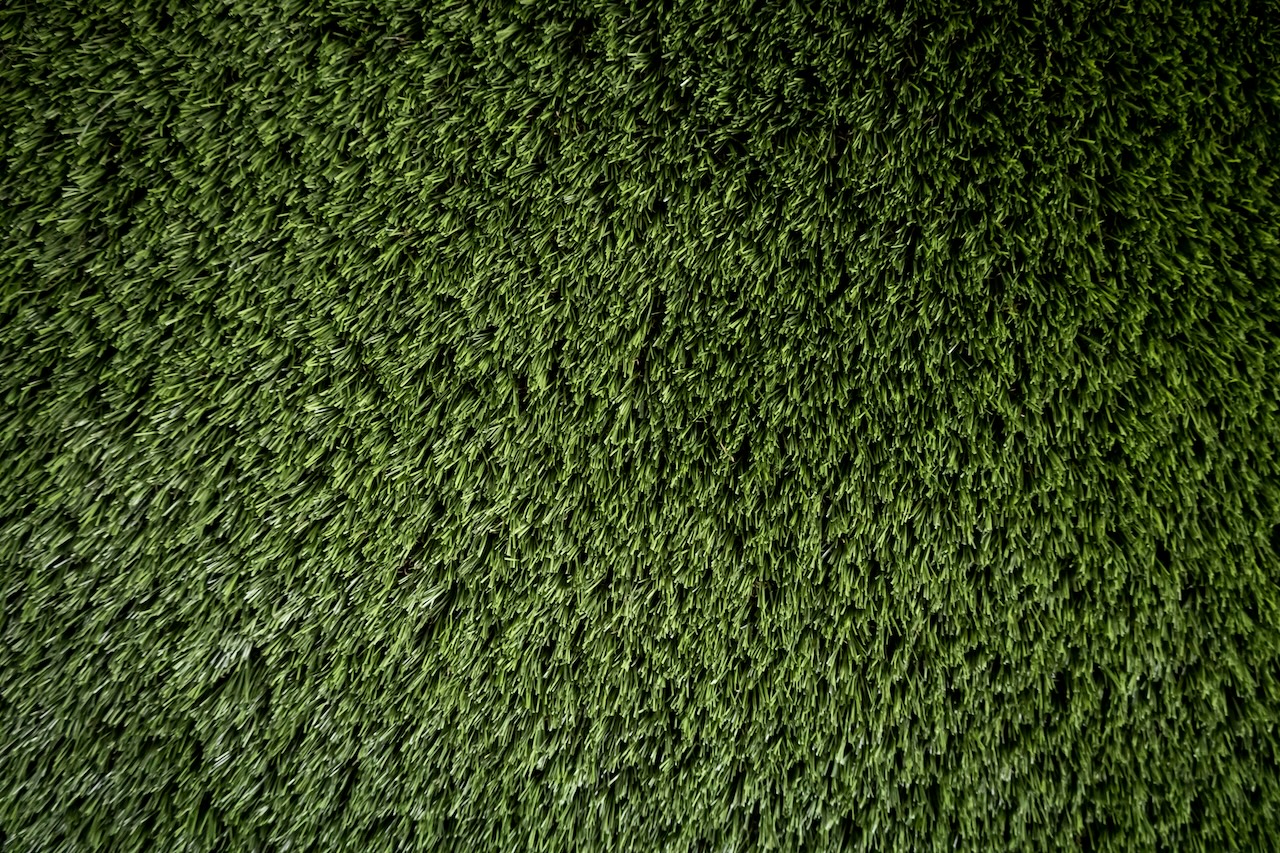
Cleaning Artificial Turf: How-To Tips From the Experts
May 19, 2025
When you invest in artificial turf, you’ll want to keep it looking pristine throughout its life. One of the most crucial ways to protect your investment is with regular maintenance. After all, you’ll want your synthetic grass to look as good as real grass (if not better).
Artificial turf is usually easier and less costly to maintain than regular landscaping. However, that doesn’t make maintenance any less important. Below, we’ve compiled our best tips and tricks that homeowners, business owners and property managers can keep in mind when cleaning artificial turf.
Why Cleaning Artificial Turf Is Important
While artificial turf is durable, it is not immune to either normal wear and tear or damage. Like most things, it will require periodic maintenance to help keep it in its best shape. A few of the benefits of cleaning fake grass include:
- Keeping the turf looking fresh and green year-round.
- Catching potential small problems before they have time to become bigger ones.
- Maintaining even infill spread, proper drainage and optimal performance.
- Preventing buildup of dirt, debris and pet waste that may lead to discoloration and odors.
- Removing potential mold and mildew buildups.
Indeed, through regular maintenance, you might be able to extend your turf’s lifetime. After all, a well-oiled machine is the one that often lasts the longest.
Our Guide for Cleaning Artificial Turf
Cleaning artificial turf generally involves several steps. While these may vary depending on the type of turf you have, a few of our essential turf-cleaning recommendations involve:
- Debris removal: Use a rake, leaf blower, broom or other tool to clear away leaves, acorns, pet waste and other trash.
- Brushing the turf: With the help of a turf brush or stiff broom, fluff the fibers to help them stay upright and maintain their shape.
- Checking the infill: Infill is the synthetic granular material that helps your turf keep its shape and cushioning. It’s important to keep the infill evenly distributed across your turf. If there are problems, you may be able to fix them via brushing.
- Removing stains: You can often remove small turf stains using soap and warm water. However, you can also buy specific turf-safe cleaners for this purpose.
- Disinfecting and sanitizing: Various contaminants, such as pet waste, mold and mildew may affect your turf. Remove these impurities with the help of a turf-safe disinfectant.
- Rinsing: Thorough rinsing with clean water across the entire turf surface is usually the last step in cleaning.
What Not to Do When Cleaning Artificial Turf
Of course, you don’t want to do more harm than good when cleaning your turf. For example:
- Avoid using harsh chemicals like bleach, ammonia or other solvents.
- Don’t use sharp objects like metal rakes, steel brushes, lawnmowers and clippers.
- Don’t apply extreme heat (like boiling water) which may melt or warp the turf.
- Be careful when power-washing. If you spray the turf too closely, the high pressure may dislodge or warp it.
- Avoid over-rinsing the turf to prevent water accumulation, mold and mildew.
- Don’t apply paints and adhesives that may damage the color or piling of the turf.
Also, remember that different types of turf will likely come with unique maintenance requirements. For specific cleaning recommendations for your product, reach out to an American Artificial Turf expert.
How Often Should You Clean Your Artificial Turf?
In general, you should perform light turf cleaning every 2-4 weeks. This may involve spot removal, fluffing, and light disinfecting. You should then do deeper cleaning approximately 2-3 times per year. However, turf exposed to pets, children, or high foot traffic (e.g., golf courses, parks or sports arenas) may need more frequent cleaning.
Maintaining Your Turf Between Cleanings
A few smaller tasks to help keep your turf clean between cleanings include:
- Lightly brushing the fibers to fluff them.
- Checking the infill for signs of compaction, or displacement.
- Searching for and pulling weeds that may penetrate through the turf’s backing.
- Spot-cleaning stains.
- Covering areas with a lot of foot traffic (such as the space around your front door), to prevent wear and tear.
Of course, if you would rather avoid a DIY approach to maintenance, professional turf cleaning may be a good choice. Contact your turf provider to see if they can recommend a service.
Don’t Neglect Artificial Turf Maintenance
Cleaning and maintaining artificial turf is often much more affordable than regular landscaping. However, it’s just as important. Regular cleaning will help keep your turf looking pristine and well-kept. Not only that, but it will possibly extend its lifespan and maintain a safe, sanitary space that everyone can enjoy. With proper care, your artificial landscaping will be a source of pride for years to come.
Ready to get started on your artificial turf project? Get a free estimate from the experts at American Artificial Turf today.
